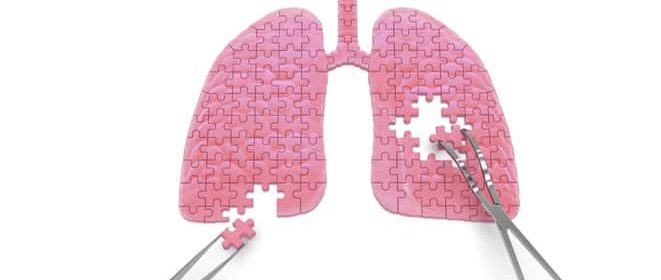Assessment tools for early cystic fibrosis (CF) lung disease are limited. Detecting early pulmonary disease is crucial to increasing life expectancy by starting interventions to slow the progression of the pulmonary disease with the many treatment options available.
To compare the utility of lung T1-mapping MRI with ultrashort echo time (UTE) MRI in children with cystic fibrosis in detecting early stage lung disease and monitoring pulmonary exacerbations.
We performed a prospective study in 16 children between September 2017 and January 2018. In Phase 1, we compared five CF patients with normal spirometry (mean 11.2 years) to five age- and gender-matched healthy volunteers. In Phase 2, we longitudinally evaluated six CF patients (median 11 years) in acute pulmonary exacerbation. All children had non-contrast lung T1-mapping and UTE MRI and spirometry testing. We compared the mean normalized T1 value and percentage lung volume without T1 value in CF patients and healthy subjects in Phase 1 and during treatment in Phase 2. We also performed cystic fibrosis MRI scoring. We evaluated differences in continuous variables using standard statistical tests.
In Phase 1, mean normalized T1 values of the lung were significantly lower in CF patients in comparison to healthy controls (P=0.02) except in the right lower lobe (P=0.29). The percentage lung volume without T1 value was also significantly higher in CF patients (P=0.006). UTE MRI showed no significant differences between CF patients and healthy volunteers (P=0.11). In Phase 2, excluding one outlier case who developed systemic disease in the course of treatment, the whole-lung T1 value increased (P=0.001) and perfusion scoring improved (P=0.02) following therapy. We observed no other significant changes in the MRI scoring.
Lung T1-mapping MRI can detect early regional pulmonary CF disease in children and might be helpful in the assessment of acute pulmonary exacerbations.
Lung T1 mapping magnetic resonance imaging in the assessment of pulmonary disease in children with cystic fibrosis: a pilot study.


